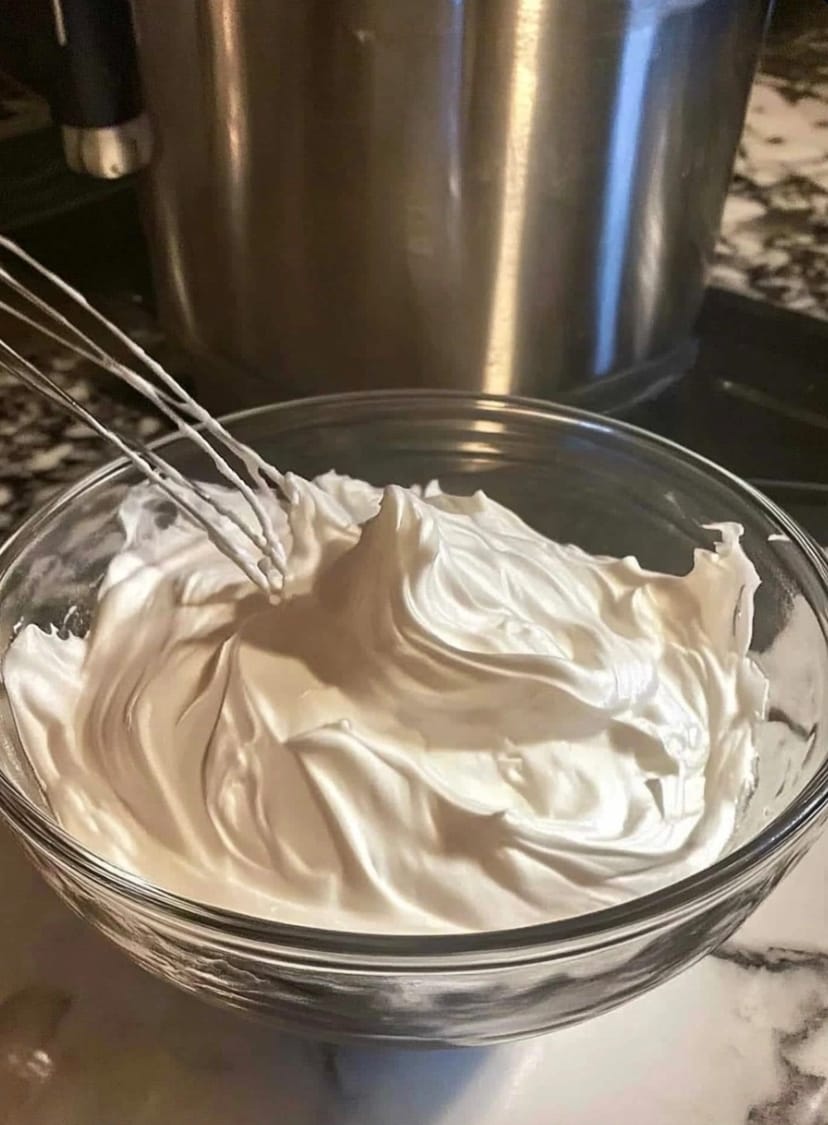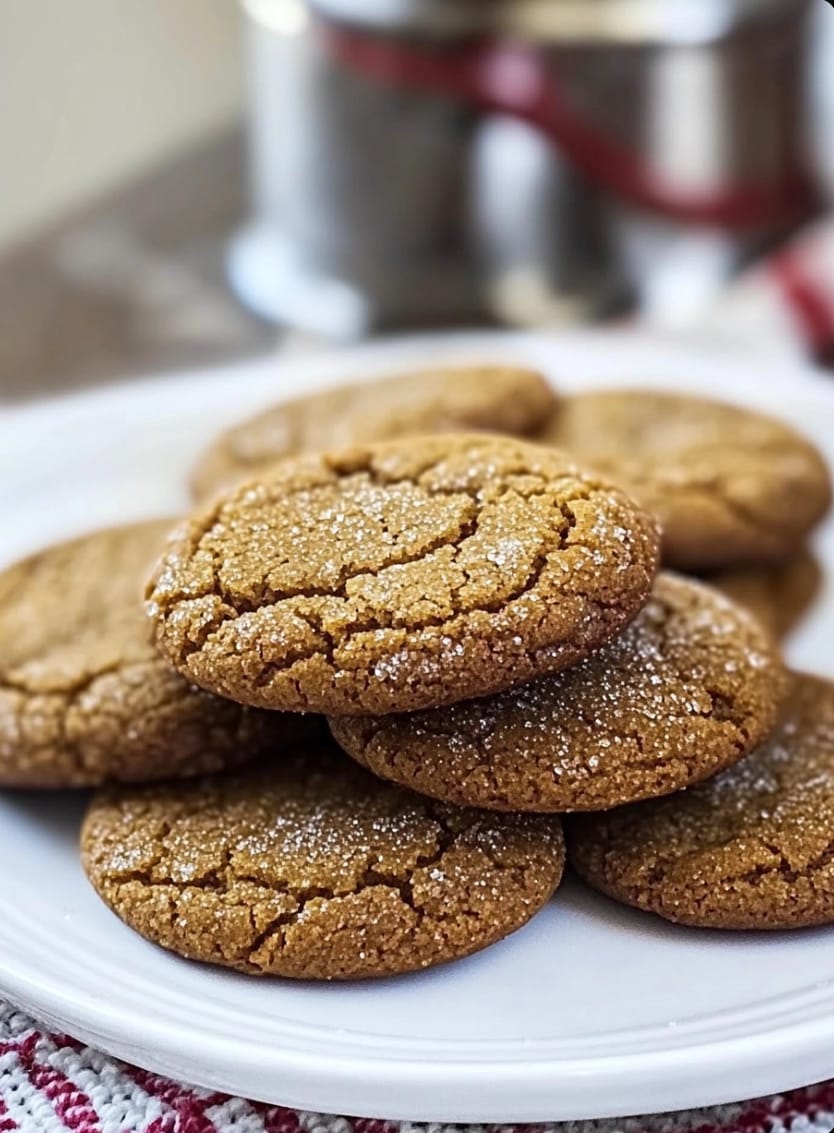Buttercream frosting is a classic favorite that has been used to decorate cakes, cupcakes, and cookies for generations. Its creamy texture and delicious sweetness make it a perfect finishing touch to a wide variety of baked goods. In this blog post, we’re sharing our exact recipe for old-fashioned homemade buttercream frosting, complete with a keto version, low-carb adaptations, and answers to frequently asked questions. If you’re ready to take your desserts to the next level with a frosting that’s sure to please everyone, read on!
Table of Contents
- Introduction
- Ingredients
- Instructions
- Cook Notes & Tips
- Variations
- Frequently Asked Questions (FAQs)
- Conclusion
Introduction
Buttercream frosting is more than just a topping—it’s a flavor experience. Whether you’re baking a birthday cake or just adding a bit of sweetness to a cookie, nothing compares to the taste of old-fashioned homemade buttercream frosting. Unlike store-bought frostings that are often filled with preservatives, this recipe uses real butter and sugar, delivering a fresher, tastier outcome. Buttercream is simple to make and requires only a handful of ingredients, making it an easy go-to for beginners and experienced bakers alike. Plus, it’s versatile enough for a wide range of variations, so you can tweak it to meet your dietary needs.
Ingredients
- 1 cup (2 sticks) unsalted butter, softened
- 4 cups powdered sugar
- 2 teaspoons pure vanilla extract
- 2-3 tablespoons heavy cream or milk
- A pinch of salt (optional, but helps balance the sweetness)
For Keto Version:
- Use powdered erythritol or allulose in place of powdered sugar.
For Low-Carb Version:
- Reduce sugar content by substituting half of the powdered sugar with powdered erythritol.
Instructions
- Cream the Butter: In a large mixing bowl, beat the softened butter with an electric mixer on medium speed until it is light and fluffy, about 2-3 minutes.
- Add Sugar: Gradually add the powdered sugar, one cup at a time. Start mixing at a low speed to prevent sugar from flying out of the bowl. Increase to medium speed and beat until well combined.
- Add Flavoring and Cream: Mix in the vanilla extract. Gradually add heavy cream or milk, one tablespoon at a time, until the frosting reaches your desired consistency. You want it to be thick but easily spreadable.
- Add Salt (Optional): Add a pinch of salt to balance the sweetness if desired.
- Beat Until Smooth: Beat the mixture for an additional 2-3 minutes on high speed until the frosting is fluffy, smooth, and holds peaks.
Cook Notes & Tips
- Room Temperature Butter: Always start with softened butter that is at room temperature. This ensures a smoother frosting.
- Consistency Adjustments: If the frosting is too thick, add a bit more cream or milk, one teaspoon at a time. If it’s too thin, add more powdered sugar.
- Avoid Overbeating: While it’s essential to beat the frosting until it’s fluffy, avoid overbeating, as it can introduce too much air and cause the frosting to break down.
Variations
Keto Version
For those following a keto lifestyle, this buttercream frosting can easily be adapted. Replace the powdered sugar with powdered erythritol or allulose. Erythritol is a zero-calorie, low-glycemic sweetener that won’t spike your blood sugar, making it perfect for keto-friendly desserts. You can also use unsweetened almond milk instead of heavy cream to reduce dairy content.
Ingredients for Keto Version:
- 1 cup unsalted butter, softened
- 4 cups powdered erythritol or allulose
- 2 teaspoons pure vanilla extract
- 2-3 tablespoons unsweetened almond milk
- A pinch of salt
Low-Carb Version
If you’re looking to reduce sugar without going fully keto, you can make a low-carb version by replacing half of the powdered sugar with powdered erythritol. This will give you the sweetness and texture of traditional buttercream while cutting down on sugar content.
Ingredients for Low-Carb Version:
- 1 cup unsalted butter, softened
- 2 cups powdered sugar
- 2 cups powdered erythritol
- 2 teaspoons pure vanilla extract
- 2-3 tablespoons heavy cream or milk
- A pinch of salt
Frequently Asked Questions (FAQs)
1. Can I Make Buttercream Frosting Ahead of Time?
Absolutely! Buttercream frosting can be made up to 3 days in advance. Store it in an airtight container in the refrigerator. When ready to use, allow it to come to room temperature and beat it again for a few minutes to restore its fluffy texture.
2. How Do I Store Leftover Frosting?
Leftover buttercream frosting can be stored in an airtight container in the refrigerator for up to 1 week or in the freezer for up to 3 months. When freezing, let it thaw in the refrigerator before bringing it to room temperature.
3. What If My Frosting Is Too Sweet?
If you find your frosting too sweet, add a pinch of salt to balance the flavor. You can also add a bit more butter to help mellow out the sweetness.
4. Can I Color This Frosting?
Yes! Buttercream frosting takes food coloring well. Use gel food coloring to avoid adding too much liquid, which could alter the consistency.
5. What Consistency Should Buttercream Frosting Be?
Buttercream frosting should be thick but still easily spreadable. It should hold its shape when piped but not be too stiff. Adjust with cream or milk as needed to reach the perfect consistency.
Conclusion
Old-fashioned homemade buttercream frosting is a true classic that deserves a spot in every baker’s repertoire. Its versatility, creamy texture, and ability to complement almost any dessert make it a staple for both casual and professional bakers. Whether you’re making a keto-friendly cake or just need a simple low-carb option, there are variations to suit your dietary needs without sacrificing flavor. The next time you need a frosting that’s timeless and incredibly tasty, try this recipe—you won’t be disappointed!
Enjoy the delightful, creamy texture and the rich taste that only a true homemade buttercream can offer. Don’t forget to experiment with flavors and colors to make it uniquely yours. Happy baking!







These are actually great ideas in about blogging. You have touched some pleasant things here. Any way keep up wrinting. http://www.hairstylesvip.com
This is my first time pay a visit at here and i am really pleassant to read all at single place. http://www.ifashionstyles.com
I’m not that much of a internet reader to be honest but your blogs really nice, keep it up! I’ll go ahead and bookmark your website to come back in the future.